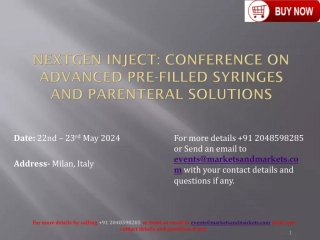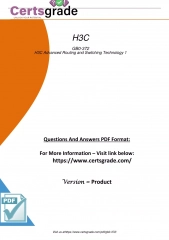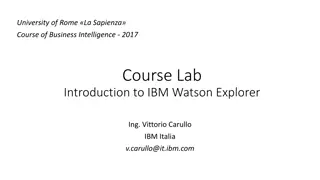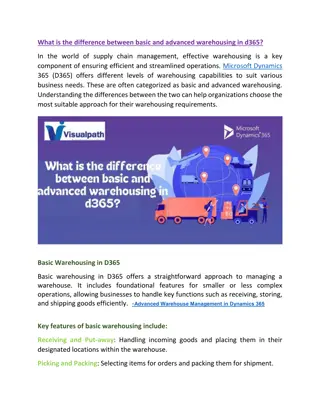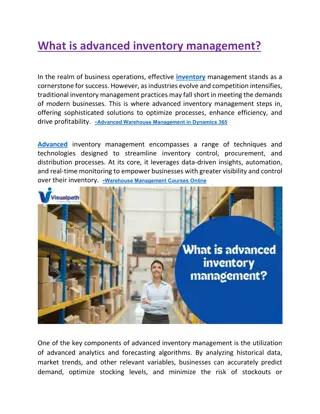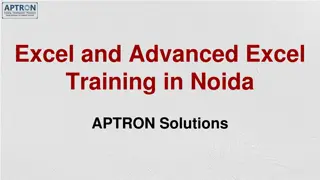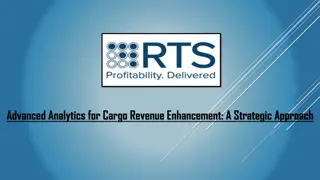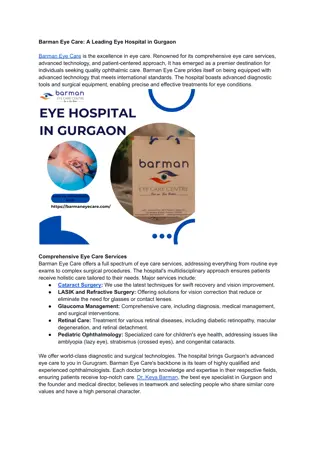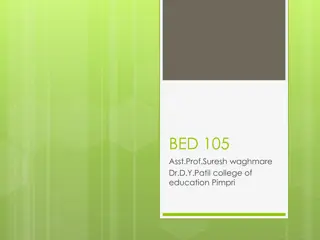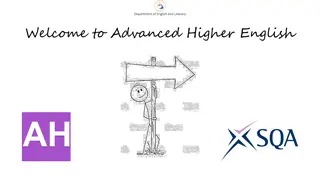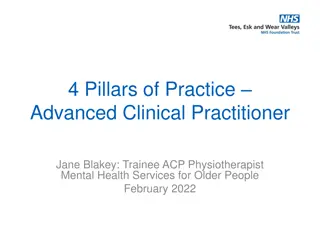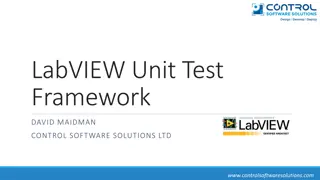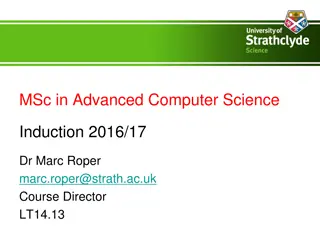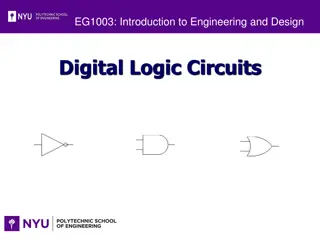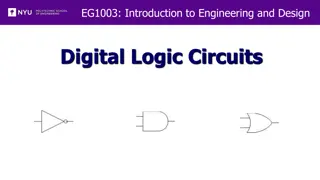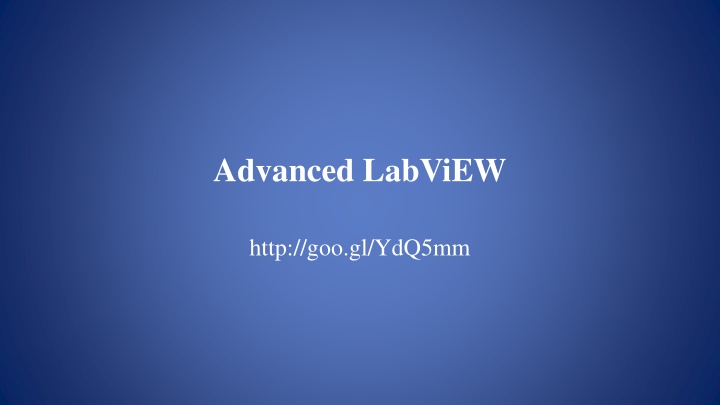
Advanced LabVIEW: Customizing Dashboard, Debugging Tools, Functional Global Variables, and More
Discover a comprehensive guide to Advanced LabVIEW features including customizing dashboards, debugging tools, working with functional global variables, and implementing specific VI properties. Explore step-by-step tutorials and demos for effective programming in LabVIEW.
Download Presentation

Please find below an Image/Link to download the presentation.
The content on the website is provided AS IS for your information and personal use only. It may not be sold, licensed, or shared on other websites without obtaining consent from the author. If you encounter any issues during the download, it is possible that the publisher has removed the file from their server.
You are allowed to download the files provided on this website for personal or commercial use, subject to the condition that they are used lawfully. All files are the property of their respective owners.
The content on the website is provided AS IS for your information and personal use only. It may not be sold, licensed, or shared on other websites without obtaining consent from the author.
E N D
Presentation Transcript
Advanced LabViEW http://goo.gl/YdQ5mm
Customizing the Dashboard Open Project
Customizing the Dashboard Open Project Sending data from robot
Customizing the Dashboard Open Project Sending data from robot Smart Dashboard VI s Named (case sensitive) values
Advanced Debugging Tools VI Profiler Tools>>Profile>>Performance and Memory
Advanced Debugging Tools VI Profiler Tools>>Profile>>Performance and Memory
Functional Global Variable Quick Intro https://frclabviewtutorials.com/fgv/
FGV Functional Global Variable Code
VI Properties Quick Intro https://frclabviewtutorials.com/fgv/ SR Flip Flop Demo
VI Properties Quick Intro https://frclabviewtutorials.com/fgv/ SR Flip Flop Demo Edge Detector https://frclabviewtutorials.com/memory-library/
PID Proportional
PID Proportional Constant multiplied by error (offset) The larger this is, the faster the robot approaches the setpoint (smaller rise time)
PID Proportional Constant multiplied by error (offset) The larger this is, the faster the robot approaches the setpoint (smaller rise time) Integral Constant multiplied by integral of all previous error values The larger this is, the less overshoot and settling time (less bounce)
PID Proportional Constant multiplied by error (offset) The larger this is, the faster the robot approaches the setpoint (smaller rise time) Integral Constant multiplied by integral of all previous error values The larger this is, the less overshoot and settling time (less bounce) Differential Used to eliminate steady state error (reducing offset after movement)
PID Proportional Constant multiplied by error (offset) The larger this is, the faster the robot approaches the setpoint (smaller rise time) Integral Constant multiplied by integral of all previous error values The larger this is, the less overshoot and settling time (less bounce) Differential Used to eliminate steady state error (reducing offset after movement)
PID Tuning
PID Tuning Several methods available Ziegler Nichols* Tyreus Luyben Cohen Coon str m-H gglund Manual Tuning*
PID Tuning Manuel Raise CP Until robot oscillates about setpoint Raise CD Until Robot stops bouncing Raise CI (and change the setpoint) until robot turns and hits the target point Ziegler-Nichols Raise CP Until robot oscillates (Value of CP becomes Ku) Measure the period of this oscillation (Time to complete 1 cycle becomes TU)
PID Tuning Manuel Raise CP Until robot oscillates about setpoint Raise CD Until Robot stops bouncing Raise CI (and change the setpoint) until robot turns and hits the target point Ziegler-Nichols Raise CP Until robot oscillates (Value of CP becomes Ku) Measure the period of this oscillation (Time to complete 1 cycle becomes TU)
PID Tuning Manuel Raise CP Until robot oscillates about setpoint Raise CD Until Robot stops bouncing Raise CI (and change the setpoint) until robot turns and hits the target point Ziegler-Nichols Raise CP Until robot oscillates (Value of CP becomes Ku) Measure the period of this oscillation (Time to complete 1 cycle becomes TU)
PID Demo
Architectures State Machine
Architectures State Machine
Architectures State Machine
Architectures State Machine Producer-Consumer Parallel loops First creating data or instructions Other handling
Architectures State Machine Producer-Consumer Parallel loops Use either queue or fgv
Type Def. Useful for passing data both controls and indicators Demo
Type Def. Useful for passing data both controls and indicators Demo

